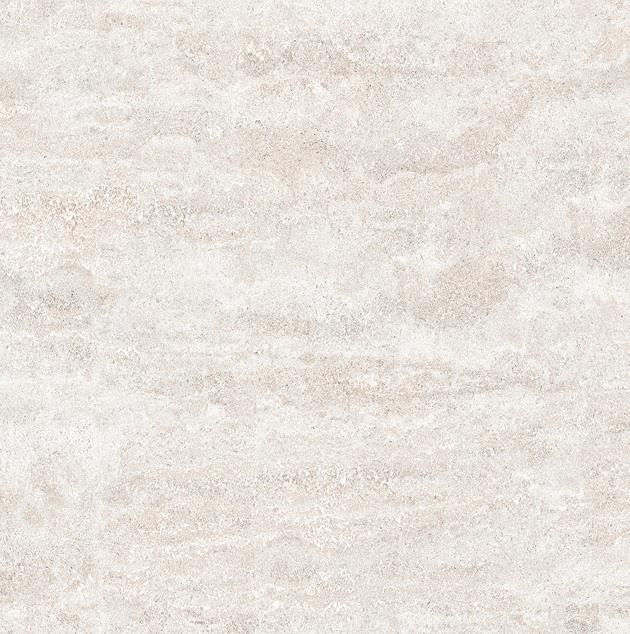

2008 MATT 60*60 MATT FOR FLOOR
23.89 AEDSM

Fast Shipping
Carrier information

20k products
Payment methods

24/7 Support
Unlimited help desk

day Delivery 4-10
Track or off orders
Description
DIMENSION & SURFACE QUALITY (ISO/EN TESTING METHOD A):
1. Deviation in length & width: The material’s dimensions should have a maximum allowable deviation of ± 0.5% from the specified measurements. The testing method used is ISO-10545-2.
2. Deviation in thickness: The material’s thickness should have a maximum allowable deviation of ± 5.0% from the specified thickness. The testing method used is ISO-10545-2.
3. Straightness in side: The material’s edges should be straight, with a maximum allowable deviation of ± 0.5%. The testing method used is ISO-10545-2.
4. Rectangularity: The material’s shape should be rectangular, with a maximum allowable deviation of ± 0.5%. The testing method used is ISO-10545-2.
5. Surface flatness: The material’s surface should be flat, with a maximum allowable deviation of ± 0.5%. The testing method used is ISO-10545-2.
6. Color difference: There should be no noticeable color difference between individual tiles. The testing method is unspecified (denoted as “UnItemed”), but it might be ISO-10545-16.
Glossiness: The glossiness or surface finish of the material is measured using a glossometer, though the specific testing method is not mentioned.
STRUCTURAL PROPERTIES:
1. Water Absorption: The material should have a water absorption rate of less than 3%. The testing method used is ISO-10545-3.
2. Density (g/cc): The material’s density should be greater than 2.0 g/cc. The testing method used is DIN 51082.
MASSIVE MECHANICAL PROPERTIES:
1. Modulus of rupture: The material should have a minimum modulus of rupture of 35 N/mm2. The testing method used is ISO-10545-4.
2. Breaking strength: The material should have a minimum breaking strength of 1300 N. The testing method used is ISO-10545-4.
3. Impact resistance: The material’s resistance to impact should meet the manufacturer’s specifications. The testing method is as per the manufacturer’s guidelines and is not specifically mentioned.
SURFACE MECHANICAL PROPERTIES:
1. Surface abrasion resistance: The material’s surface should demonstrate resistance to abrasion, following the manufacturer’s specifications. The testing method is as per the manufacturer’s guidelines and is not specifically mentioned.
2. MOH’s hardness: The material’s hardness should be measured using the MOH’s hardness scale, as per the manufacturer’s specifications. The testing method used might be EN 101.
3. Skid Resistance (Friction Coefficient): The material’s skid resistance or friction coefficient should meet the manufacturer’s specifications. The testing method is as per the manufacturer’s guidelines and is not specifically mentioned. It might be ISO-10545-17.
CHEMICAL PROPERTIES:
1. Frost Resistance: The material should be frost-proof, meaning it should withstand freezing conditions without damage. The testing method used is ISO-10545-12.
2. Chemical Resistance: The material should not be damaged by exposure to chemicals. The testing method used is ISO-10545-13.
3. Stain Resistance: The material should resist staining. The testing method used is ISO-10545-14.
THERMAL PROPERTIES:
1. Thermal Shock Resistance: The material should not be damaged by sudden changes in temperature. The testing method used is ISO-10545-9.
2. Thermal Expansion: The material’s thermal expansion coefficient should be less than 9 x 10-6 (per degree Celsius). The testing method used is ISO-10545-8.
3. Moisture Expansion: The material should have minimal expansion due to moisture exposure. The testing method used is ISO-10545-10.
These characteristics and requirements provide a comprehensive overview of the material’s properties and how it should perform under various conditions.




Reviews
There are no reviews yet.